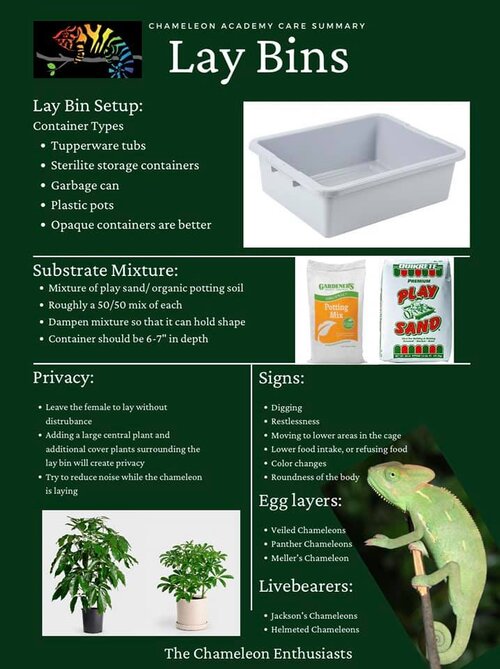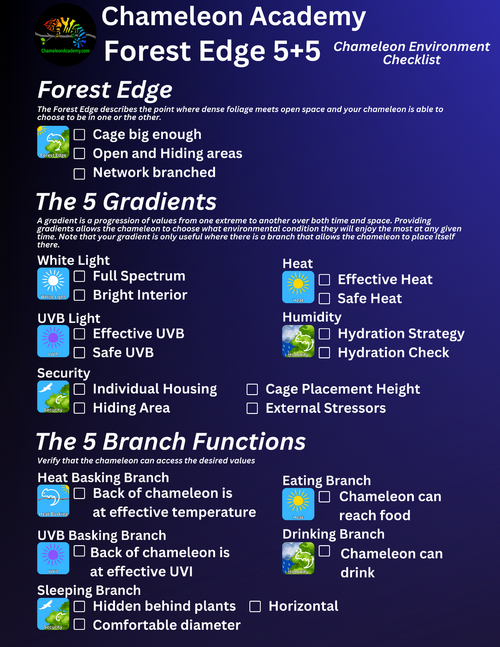Hello.
I've had my first chameleon for 5 months, she will be a 1 year old next month.
She looks sick, I noticed unusual behaviour two days ago, but yesterday I knew it was bad. She didn't have her happy, bright green colours, she was dark green, she was sleeping all day and staying in one spot, weirdly laying on a branch. Her eyes were a little sunk in, it looked like she was dehydrated. I woke her up gently and she was wobbly and overall seemed weak.
Because she looked dehydrated, I took her under a running water (the running water was gently touching the tip of her mouth) and I let her drink. She drank, which was great so I put her back in the enclosure.
The last thing I want to mention about yesterday is that she looks a little bigger, so I put a laying bin in the enclosure in case she needs to lay eggs.
Today came, she has happy colours! Bright green! And her eyes aren't sunk in anymore. But the problem is, she still sleeps all day and she doesn't want to eat... She didn't lay any eggs. I let her drink again. Her nose is tilted up so I think she might have a respiratory infection.
Even tho she looks better than yesterday, she is obviously still feeling sick and I don't want her to pass away. Our vet is open only 4 days a week (Tuesday-Friday) and I have to make an appointment first on Tuesday... Which means the appointment can be a few days later, for example on Friday and I am worried about her well being until that.
Is there anything I can do at home until the appointment? Like a liquid food formula that I can somehow stick in her mouth? Or give her a warm bath?
Thank you
I've had my first chameleon for 5 months, she will be a 1 year old next month.
She looks sick, I noticed unusual behaviour two days ago, but yesterday I knew it was bad. She didn't have her happy, bright green colours, she was dark green, she was sleeping all day and staying in one spot, weirdly laying on a branch. Her eyes were a little sunk in, it looked like she was dehydrated. I woke her up gently and she was wobbly and overall seemed weak.
Because she looked dehydrated, I took her under a running water (the running water was gently touching the tip of her mouth) and I let her drink. She drank, which was great so I put her back in the enclosure.
The last thing I want to mention about yesterday is that she looks a little bigger, so I put a laying bin in the enclosure in case she needs to lay eggs.
Today came, she has happy colours! Bright green! And her eyes aren't sunk in anymore. But the problem is, she still sleeps all day and she doesn't want to eat... She didn't lay any eggs. I let her drink again. Her nose is tilted up so I think she might have a respiratory infection.
Even tho she looks better than yesterday, she is obviously still feeling sick and I don't want her to pass away. Our vet is open only 4 days a week (Tuesday-Friday) and I have to make an appointment first on Tuesday... Which means the appointment can be a few days later, for example on Friday and I am worried about her well being until that.
Is there anything I can do at home until the appointment? Like a liquid food formula that I can somehow stick in her mouth? Or give her a warm bath?
Thank you











